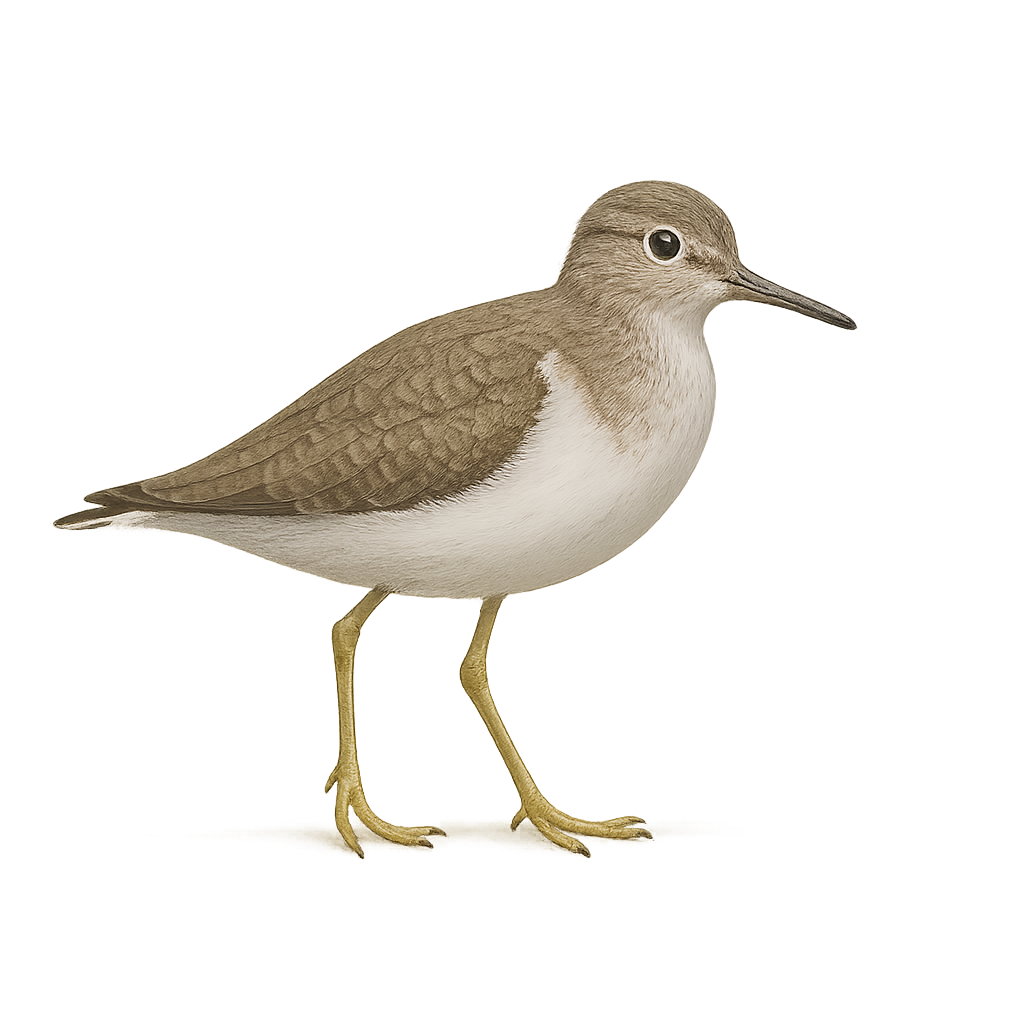Your wildlife photography guide.
Explore the green sandpiper in detail, study its behavior, prepare your shots.
Where to observe and photograph the green sandpiper in the wild
Learn where and when to spot the green sandpiper in the wild, how to identify the species based on distinctive features, and what natural environments it inhabits. The WildlifePhotographer app offers tailored photography tips that reflect the green sandpiper’s behavior, helping you capture better wildlife images. Explore the full species profile for key information including description, habitat, active periods, and approach techniques.
Green Sandpiper
Scientific name: Actitis hypoleucos

IUCN Status: Least Concern
Family: SCOLOPACIDAE
Group: Birds
Sensitivity to human approach: Suspicious
Minimum approach distance: 30 m
Courtship display: April to June
Incubation: 20-22 jours
Hatchings: May to June
Habitat:
Shorelines and coastal wetlands
Activity period :
Primarily active during the day, with peak activity in the morning and late afternoon.
Identification and description:
The Common Sandpiper is a small, agile, and active wader, easily recognizable by its light brown plumage, speckled with darker spots, and its long, slender legs. It is also distinguished by its short, straight bill and its energetic and nervous behavior. It is commonly found along riverbanks, estuaries, marshes, and lakes, where it hunts by running along the shores, capturing small insects, worms, and crustaceans found in the mud and shallow water.
This migratory bird typically breeds in temperate regions of Europe and Asia and migrates to North Africa for the winter. While the population of the Common Sandpiper remains stable in many regions, the species is threatened by the loss of wetland habitats and the effects of climate change, which alters aquatic ecosystems. The species is protected in some areas where it is found.
Recommended lens:
300 mm – adjust based on distance, desired framing (portrait or habitat), and approach conditions.
Photography tips:
Use a telephoto lens to capture images from a distance, respecting the discreet nature of the species.
Photograph early in the morning or late in the afternoon, when the Common Greenshank is more active.
Look for it in various wetland habitats: riverbanks, lake shores, estuaries, marshes, and mudflats.
Be patient and discreet to avoid disturbing its natural behavior.
The Common Greenshank is listed as Least Concern by the IUCN. Respect its natural habitat and minimize human disturbances.
The WildlifePhotographer App is coming soon!
Be the first to explore the best nature spots, track rutting seasons, log your observations, and observe more wildlife.
Already 1 432 wildlife lovers subscribed worldwide

